काठमाण्डौँ
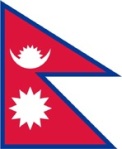
Ancient Nepalese capital and cultural centre

Nepal has burst back onto the tourist trail since the end of the civil war in 2006, and its chaotic capital Kathmandu is the starting point for most visitors. Founded in the second century, the city is dense but easily navigated by tuk-tuk, and sits at an elevation of just under one mile which combined with its latitude allows for a pleasant climate all year round. Kathmandu hosts various World Heritage sites, a thriving night life and is an excellent place to pick up clothing and equipment for tackling the nearby towering peaks.
I started and finished my trekking trip to Nepal in Kathmandu, staying in the backpacker district of Thamel, first at Elbrus Home then at Hotel Shakti as part of the tour with Imaginative Traveller. There were plenty of nearby bars and restaurants to keep us fed and watered while we weren’t exploring the markets, temples, gardens and stupas of the city. Like many of our fellow backpackers, on our last night we ate at the Rum Doodle restaurant, leaving our hand-drawn and artistically meritorious Yeti print on the wall.

With the city in the foreground and a row of dark mountains behind, as your eyes adjust to the brightness you realise that there’s yet another row of gigantic snow-clad peaks behind them in turn. It was only on the last day that the clouds actually cleared enough for us to see this.
Kathmandu is dense and crowded, with nearly three million people jostling for space in the city basin.
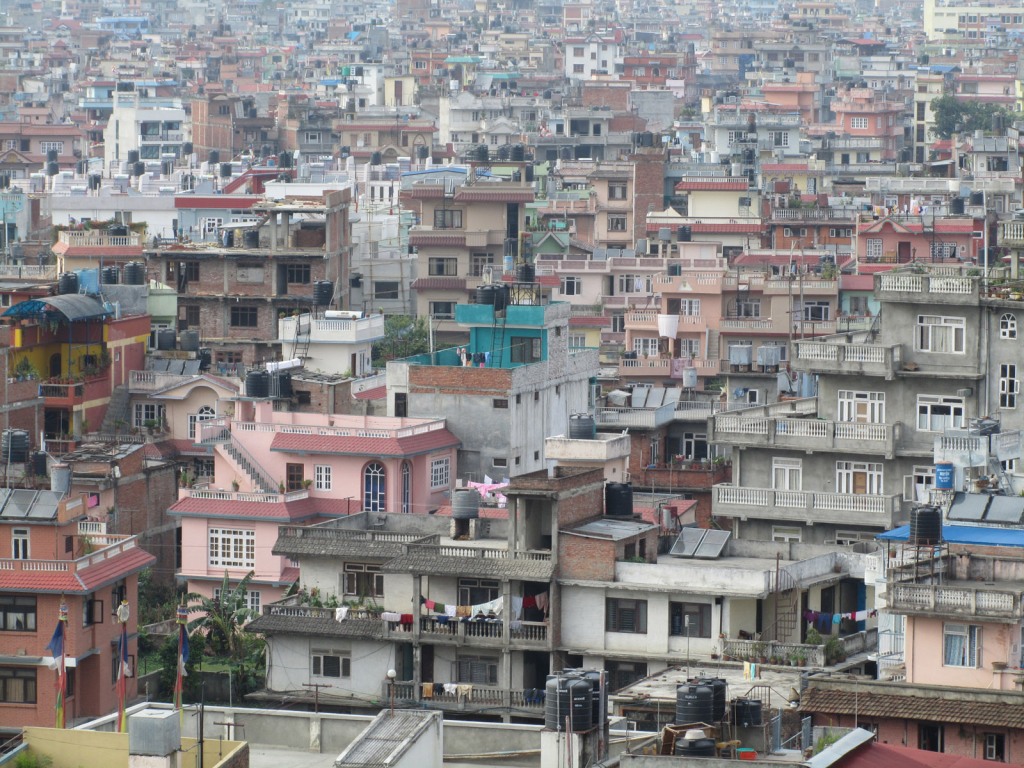

Outside of the tourist trap markets in Thamel, the traditional souks and chowks to the south were far more interesting to explore.
Watching the world go by from a doorstep in Kathmandu.
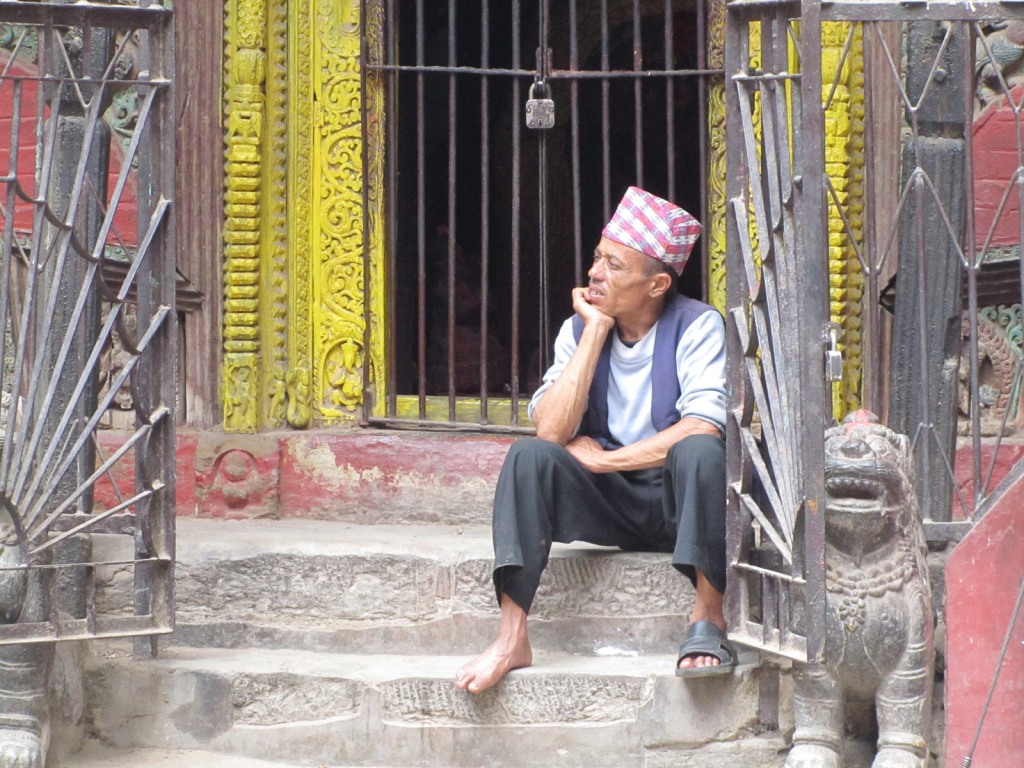
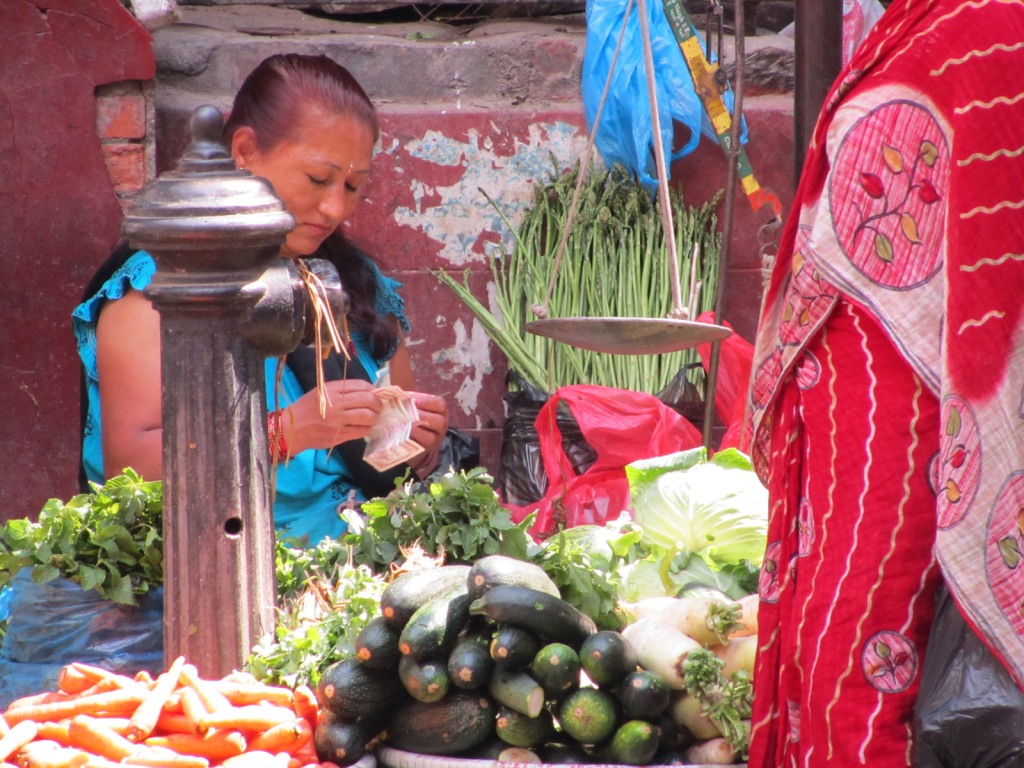
Fruit and veg vendor at work – with all of these colours and activity, Kathmandu is a photographer’s dream.
Rooftops of Kathmandu Durbar Square, a series of palaces in the centre of town and one of the city’s many World Heritage sites and main attractions. Many of the buildings were severely damaged or completely collapsed in the 2015 earthquake, four years after my visit.
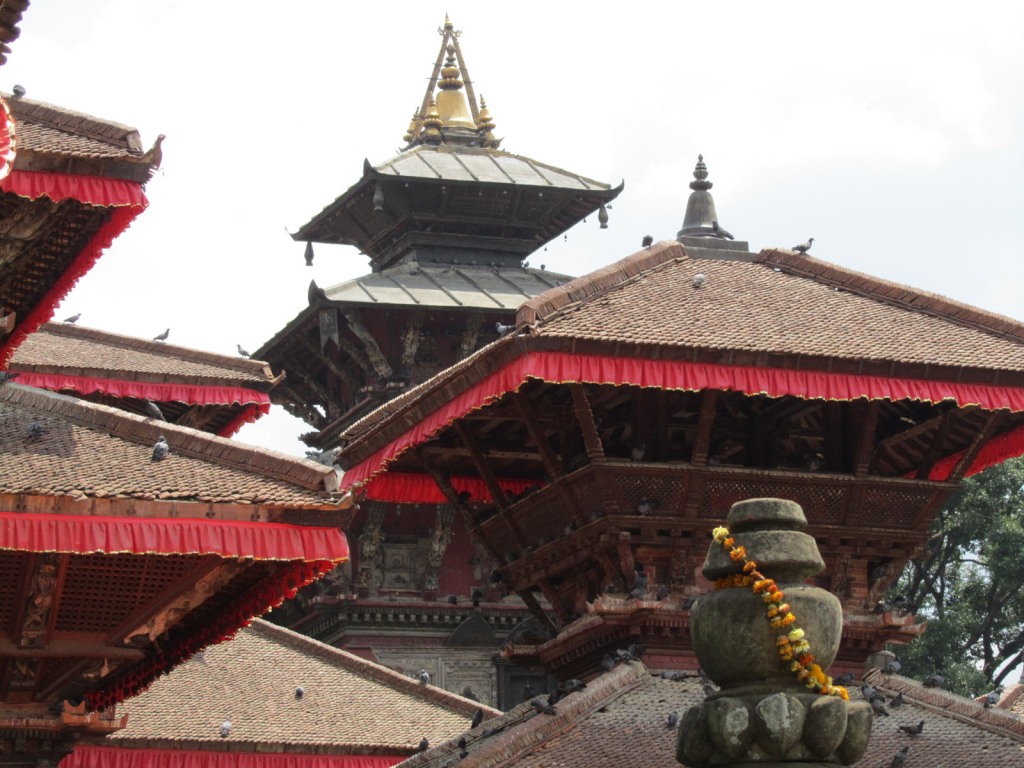

This monk in Durbar Square didn’t move an inch the whole time I was there.
On a hilltop in the west part of town stands Swayambhunath, commonly known as the Monkey Temple. It dates back to at least the fifth century AD.


A flight of extremely steep and unbroken stairs leads up the hill to the Monkey Temple.
Colourful local ladies take a break on the path up to Swayambhunath.
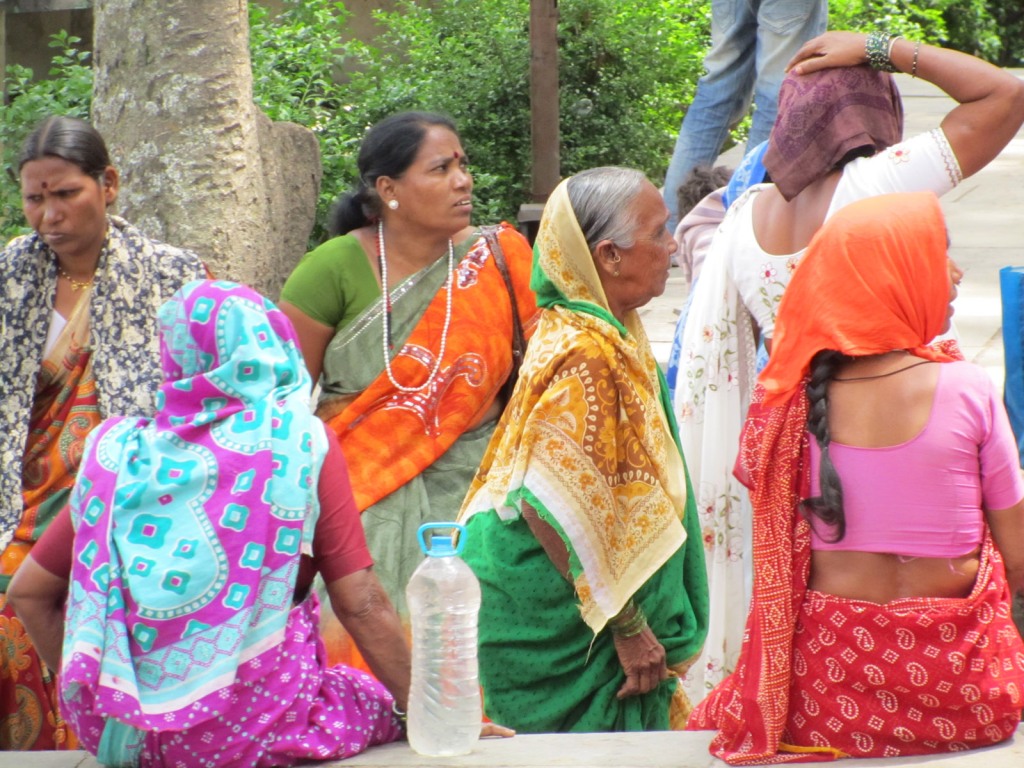

Monks in training gaze over the urban landscape of Kathmandu from Swayambhunath.


The ever-watching eyes of the Buddha gaze from atop two stupas – for me this is one of the most evocative images of Nepal.
A cacophony of Buddhist statues for sale in a local market stall.


Nepal is also famous for the quality of its pashminas, in widely varying grades to suit any budget.
Local transport Nepalese style. I also noticed that Nepal has no Latin characters on vehicle number plates – I know I’m a long way from home when that’s the case.


As torturous as it may look, the traffic continues to flow, albeit faster for the two-wheeled vehicles than the four.
Narayanhiti Gate, one of the entrances to what was the Royal Palace prior to the Maoist uprising, and is now a museum. I believe it has been tarted up a bit since my visit.


The Garden of Dreams is a rare peaceful spot in the centre of Kathmandu. Laid out in 1920, it was abandoned for several decades but restored with the help of Austria, conveniently just a few years before my visit.
The garden is beautifully laid out and was a mercifully tranquil place to sit and contemplate life’s puzzles.


On the banks of the Bagmati river, the recently deceased are publicly cremated. I was not expecting to see this, particularly before lunch. Once cremated, the ashes are washed into the river, which runs past the Pashupatinath Temple, the oldest Hindu temple in Kathmandu.
Sadhu holy men at the Pashupatinath Temple colour their hair and clothing with orange powder and dyes, for reasons I’m afraid I don’t understand.
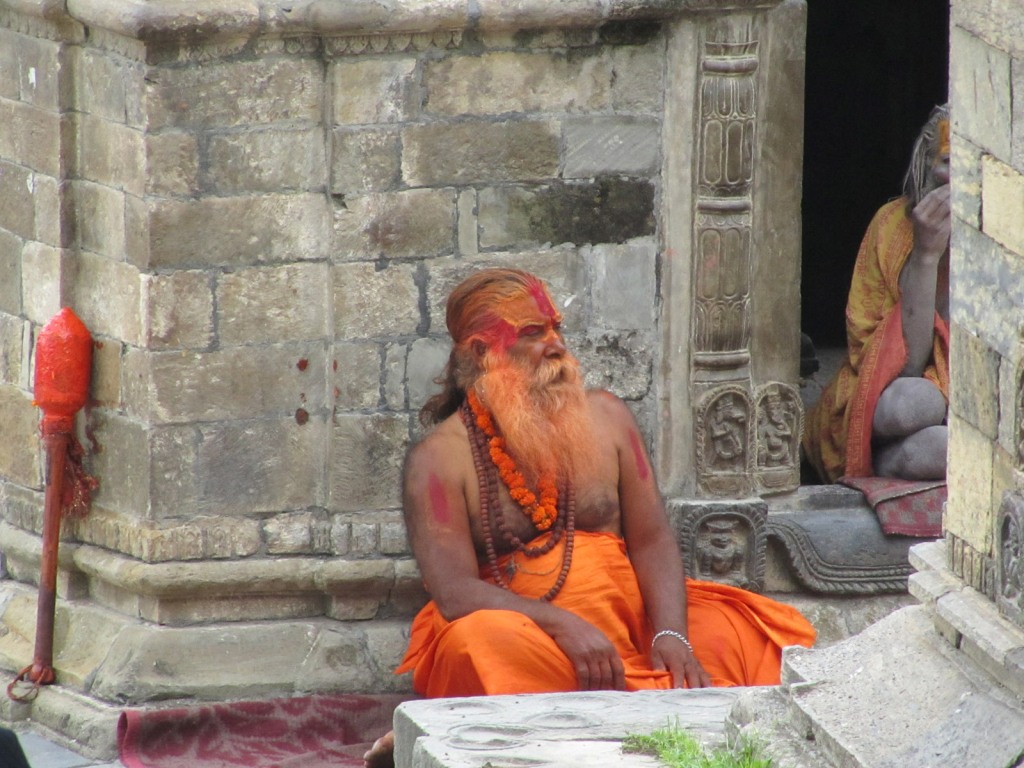
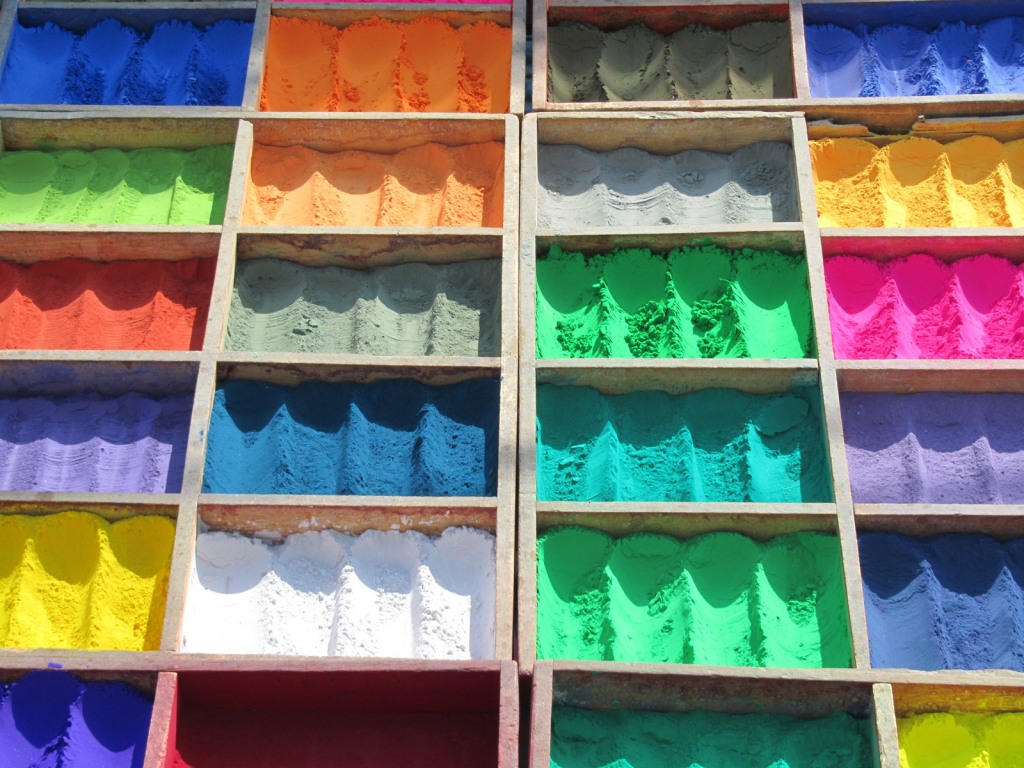
All manner of colourful powders for sale near the Bagmati river, you can be whatever colour you like.
Boudhanath is the largest stupa in the country, surrounded by prayer flags fluttering in the breeze. It is also a UNESCO World Heritage Site, but it is unknown exactly how old it is, dating back to somewhere between the fifth and seventh centuries.


Again the everlasting image of the eyes of Buddha, through the colourful prayer flags of the stupa of Boudhanath.
Created 2013 | Updated 2024
